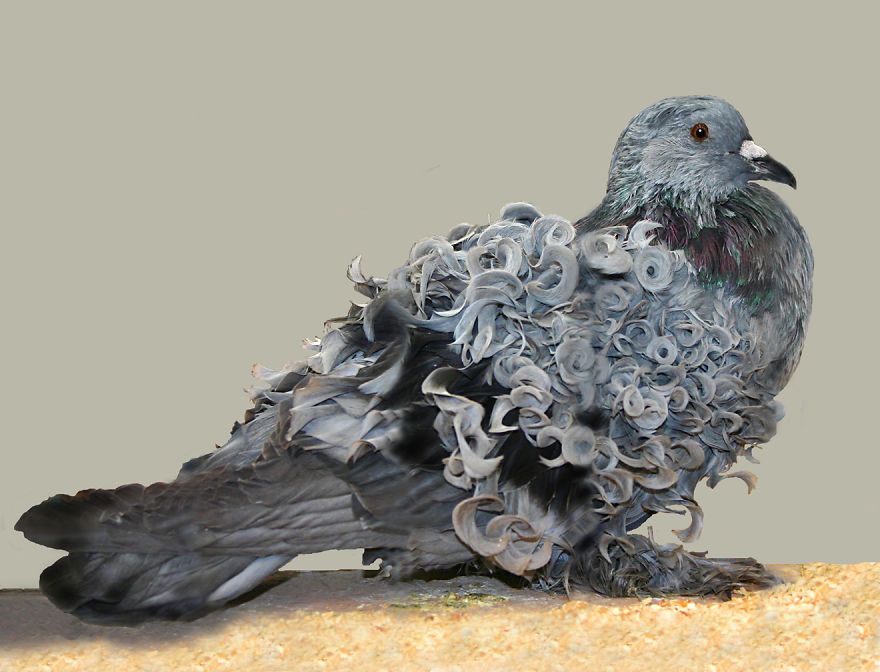Moraga Library Photography Exhibit by Thomas Pappas, November 1 - 30th, 2014
Art in public spaces is always a special treat because of the joy it brings to so many people! For me, finding the art, then creating an image of the artist’s work that stands out in its surroundings is a challenge, so I am always looking for an opportunity to capture such images.
The deYoung Museum is a beautiful copper-clad structure set in beautiful surroundings in Golden Gate Park. It is a hard structure to photograph because of the twisting 144 foot observation tower, never quite seeming to be level! As befitting such a fine museum, the surrounding gardens and outdoor sculpture are unique, and provide a wonderful experience on their own. This show is focused on the gardens and free spaces in the museum.
A visit to the deYoung usually means a walk through one of the nearby neighborhoods to the park. The photos of the succulent plants were captured while strolling on upper Ashbury Street, with the exception of one, which was taken in Moraga on Rimer Drive.
Finally, I have included some photographs of the beautiful Heart Sculptures that can be seen around San Francisco. Sponsored by the San Francisco General Hospital Foundation, more than one hundred have been created. The first artist to create a Heart was singer and artist Tony Bennett. Entitled “I left my Heart...” it is permanently displayed on the northwest corner of Union Square. Many of the sculptures photographed during this project have since been removed, with many of them going to private spaces where they can no longer be enjoyed by the public.
About the Artist
Thomas Pappas is an eclectic photographer with interest in street, landscape, portrait and nature photography. Working with both digital and film, his work encompasses many locations including the Western United States, San Francisco, New York, the Bahamas, and Greece. He has also photographed many local events including the CAIFF Film Festival, Heritage Bank Tennis Championships, and Campolindo and Miramonte sports.
Technical Information
All of the prints on display were made digitally, using Canson Baryta Photographique archival paper and Canon Lucia Inks.
All of the prints on display were made digitally, using Canson Baryta Photographique archival paper and Canon Lucia Inks.
This article and photo sourced from: http://patch.com/california/lamorinda/celebrating-deyoung-museum-moraga-library-exhibit-0


































